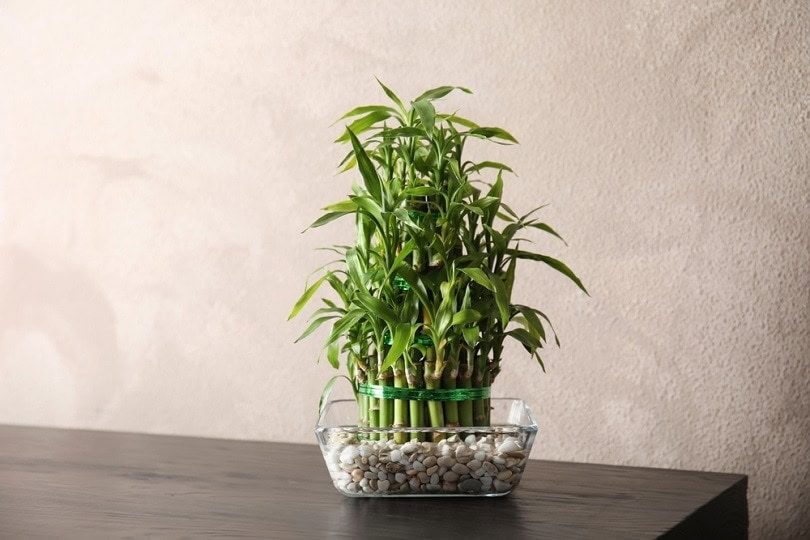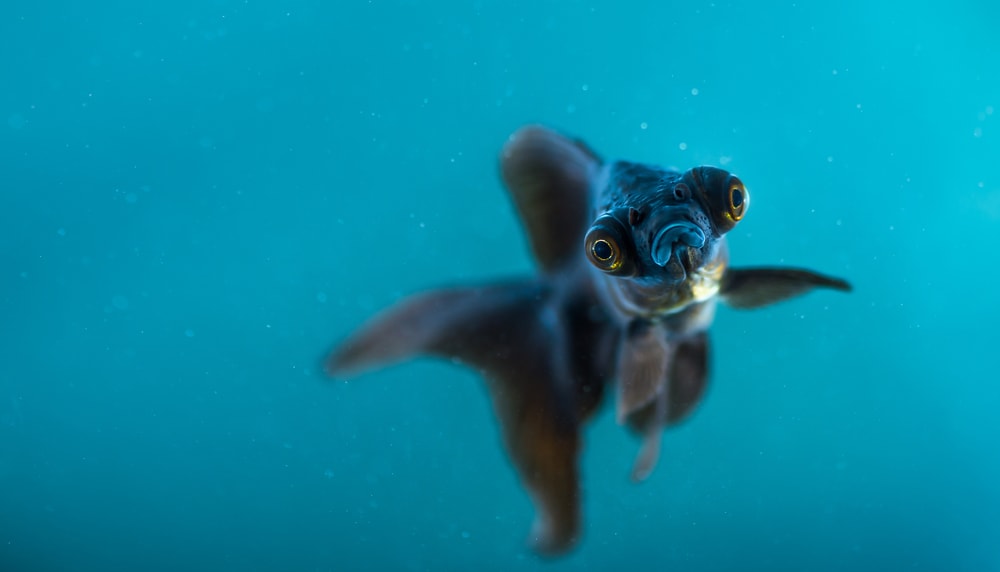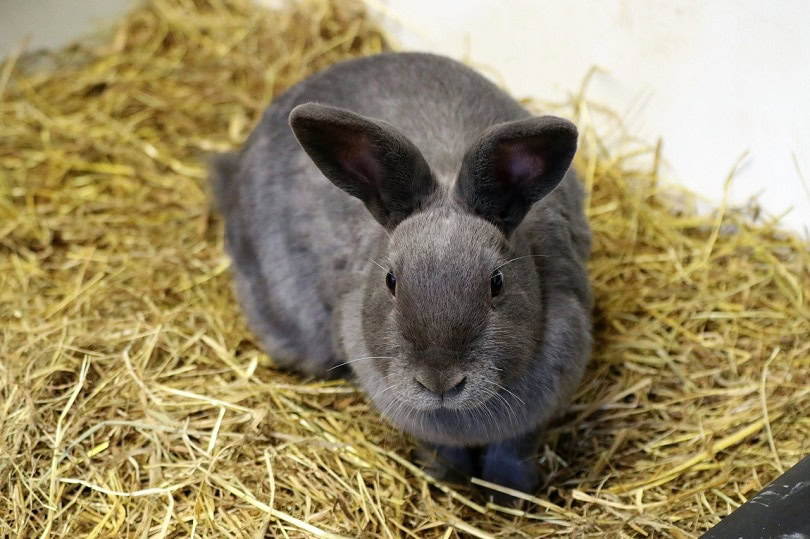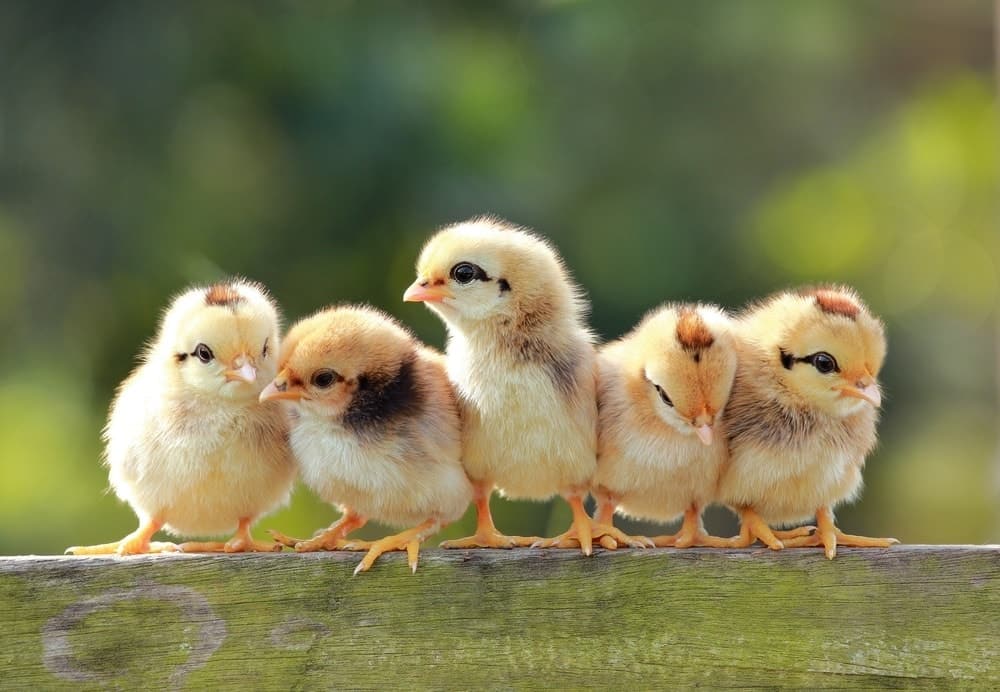VET APPROVED

The information is current and up-to-date in accordance with the latest veterinarian research.
Learn more »Click to Skip Ahead
Bamboo is a beautiful plant, known and loved worldwide for the gorgeous charm it gives to any garden and its many valuable purposes, from being used as food by people and many animals to being used in the furniture-making industries and construction work. It belongs to the Poaceae family, which is considered entirely safe for cats and other pets.
While the bamboo plant may be safe for cats and other pets, other plants look identical to bamboo but have severe toxic properties. As a pet parent, it is essential to differentiate safe plants from those that cause severe harm. Keep reading to learn about the safety of bamboo and bamboo look-alike plants.

Bamboo Characteristics
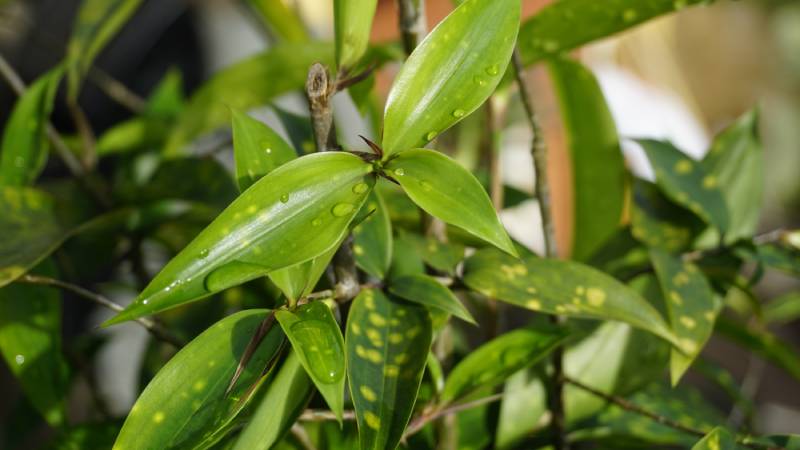
The bamboo plant is one of the tallest plants in the Poaceae family, and it has characteristic woody ringed stems called culms. The stems are hollow between each ring, with narrow leaves growing directly from the rings. In mature bamboo plants, new leaf-bearing branches may arise from the culms. Bamboo is a fast-growing plant; some species can grow up to a foot daily! Bamboo can grow up to 130 feet tall, while other smaller species can only reach 4 to 6 inches. Nevertheless, they spread aggressively and form a dense undergrowth that can cancel out other plants.
Bamboo is widely used and serves many purposes. Several bamboo species are processed to make paper, while large and small stem pieces are used in various industries. Large pieces can be made into scaffolding, supplies for houses and rafts, furniture, flooring, garden stakes, and more.
Some bamboo seeds are popularly eaten as grains. In many Asian cultures, the young shoots can be cooked and eaten as vegetables. This delicious delicacy is gaining popularity in many other cultures as well.
Is Bamboo Toxic for Cats?
Growing a bamboo plant in your backyard is a beautiful way to add diversity and an exotic appearance to your garden. Cats tend to nibble on plants in your garden, chewing on the leaves and stems. Because many plants in your home and garden are toxic for your cat, you need to know about the bamboo’s safety before planting it.
All species from the Bambusoideae family are safe to be around pets and are non-toxic to cats. Bamboo foliage is healthy for cats to nibble on since it contains protein. When growing bamboo plants with your cats nearby, the only risk is using fertilizers with chemicals.
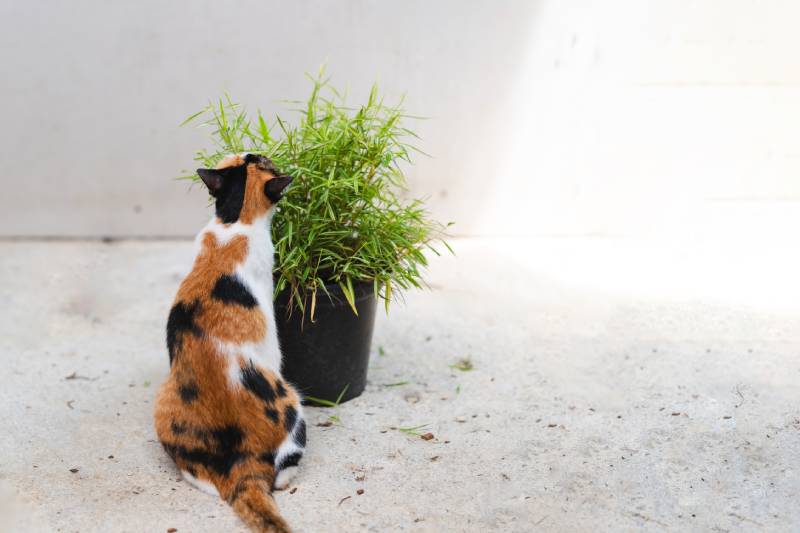
Bamboo Look-Alike Plants That Are Toxic for Cats
When we mentioned that bamboo plants are entirely safe for our cats to chew on, we only discussed the plants from the Poaceae and subfamily Bambusoideae. Other plants, which are bamboo look-alikes, are incredibly toxic for cats. They can frequently be mistaken for bamboo because of their similar appearance, but they belong to an entirely different family of plants.
- Lucky Bamboo – The Lucky Bamboo, or Dracaena sanderiana, is a plant belonging to the Asparagaceae family, and it has highly toxic properties for cats and dogs. The signs of Lucky Bamboo ingestion for cats may include vomiting, hypersalivation, dilated pupils, and even depression or anorexia.
- Heavenly Bamboo- The Heavenly Bamboo, or Nandina domestica, is another bamboo look-alike belonging to the Berberidaceae family. It is toxic to cats, dogs, and horses. Ingesting Heavenly Bamboo can cause weakness, seizures, respiratory failure, and lead to a coma.
- Bamboo Palm – The Bamboo Palm is another bamboo look-alike grown in containers. Chamaedorea elegans belongs to the Palmae family, and it is not toxic to your cats, so you can safely place them around the home.
- Dumb Cane – The Dumb Cane, also known as Charming Dieffenbachia and Tropic Snow, is a plant with the scientific name Dieffenbachia, belonging to the Araceae family of plants. Because of the way it grows and its thick stem, it is often mistaken for bamboo. However, it’s toxic to cats and dogs and should be avoided altogether. Signs of ingestion include vomiting, difficulty swallowing, drooling, and mouth and tongue irritation.
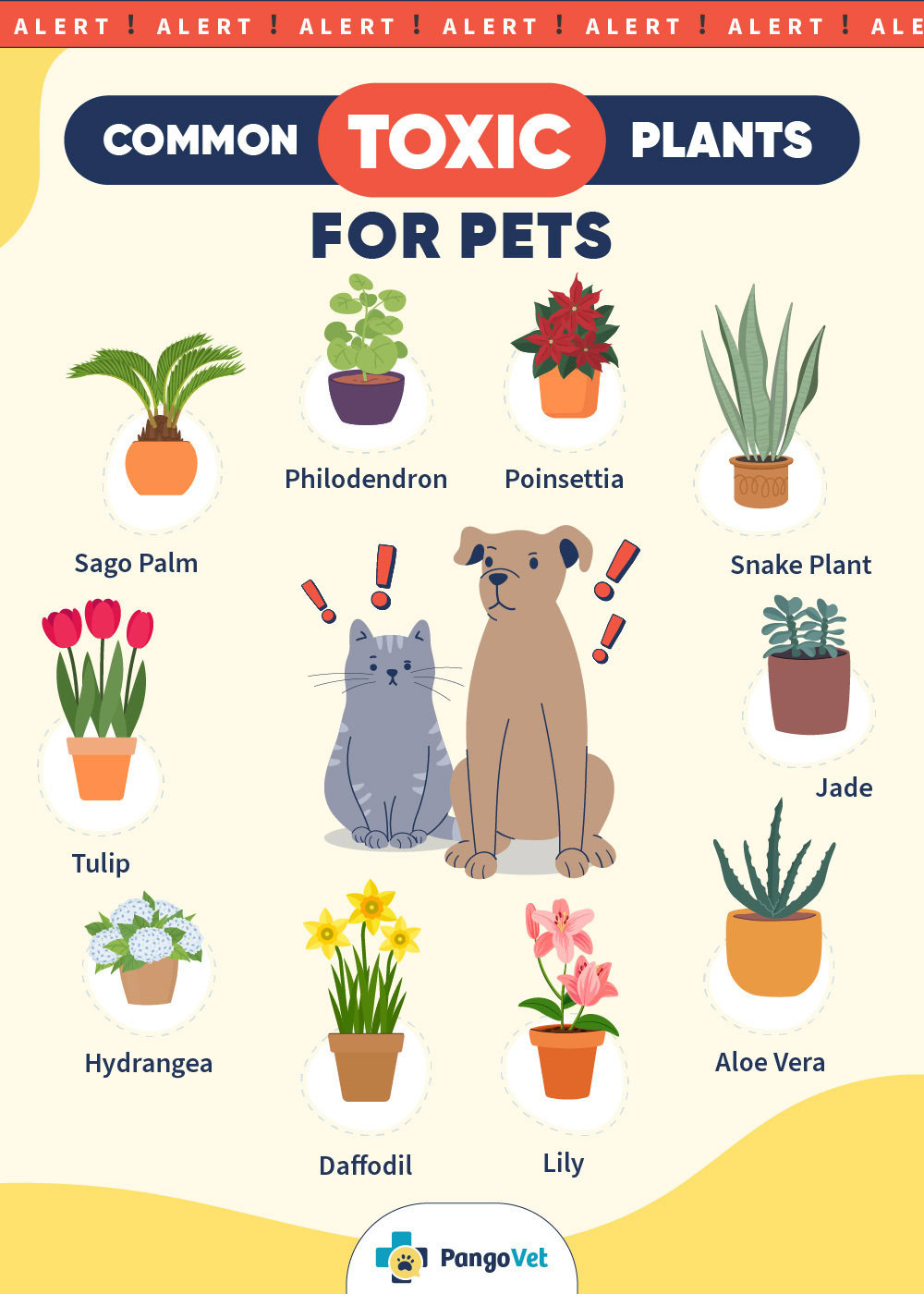

Conclusion
After you’ve read all about the safety of bamboo and bamboo look-alikes, you can approach planting these species cautiously. When you decide to grow bamboo in your garden, carefully choose the species and ensure the plant is a genuine bamboo belonging to the Poaceae family and Bambusoideae subfamily. Once you plant these species, you can safely let your cat play around the plant and even steal a nibble or two without any worry.
- Interesting facts, uses, and types of Bamboo – Wikifarmer
- Bamboo | Growing, Pruning & Harvesting Tips | Britannica
- Is Bamboo Safe for Pets?
- Plants Mistaken for Bamboo
- https://www.aspca.org/pet-care/animal-poison-control/toxic-and-non-toxic-plants/bamboo
- https://www.aspca.org/pet-care/animal-poison-control/toxic-and-non-toxic-plants/dracaena
- https://www.aspca.org/pet-care/animal-poison-control/toxic-and-non-toxic-plants/heavenly-bamboo
- https://www.aspca.org/pet-care/animal-poison-control/toxic-and-non-toxic-plants/chamaedorea
- https://www.aspca.org/pet-care/animal-poison-control/toxic-and-non-toxic-plants/dieffenbachia
Featured Image Credit: New Africa, Shutterstock
